Do you have a choir? An orchestra? A theatre? A concert hall? Did you ever consider including more accessibility for performers with disabilities? Do you need guidance in your process?
Is your structure, your choir, your orchestra, your stage ready to welcome performers with disabilities? Are you unsure but ready to be assessed? Are you looking for improvements? ArtsAbly works with professionals with the required experience and expertise. From Rick Hansen Foundation Certification assessments to simple visits and discussions, we can talk about your situation and help you find solutions, even if you don’t think your level of accessibility is enough. Don’t believe the preconceived idea that becoming accessible means you have to pay for expensive modifications, although it is sometimes the case. The best way to figure our what is possible is to start the conversation.
Below are a few examples of a structure who integrated an access to the stage for artists with reduced mobility, along with some questions you can ask yourself.
1. Does the performing place have accessible seating?
The access for the audience won’t necessarily be the same as the access for the performers, but an accessible place starts with seating options for the audience, including the person accompanying the audience member.
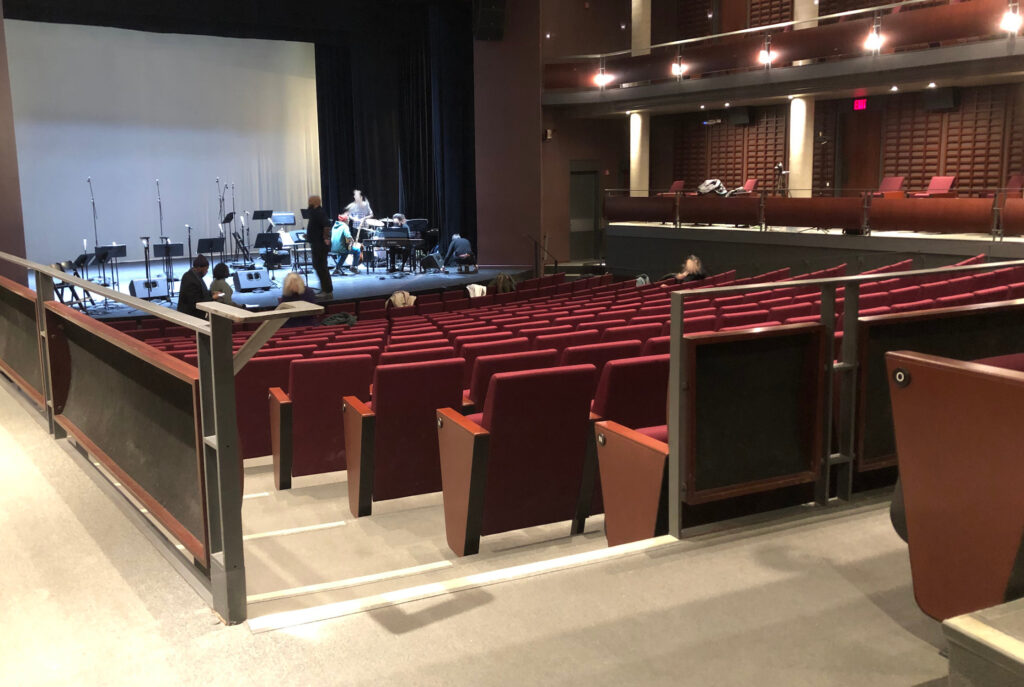
2. Do the staff members know where the accessible entrance for the artists with disabilities is?
Sometimes there will be a door to unlock, sometimes an elevator. It is useful to ensure that the path to the stage is clear, and if it requires a secured access or a somewhat complicated navigation, someone should accompany the person.
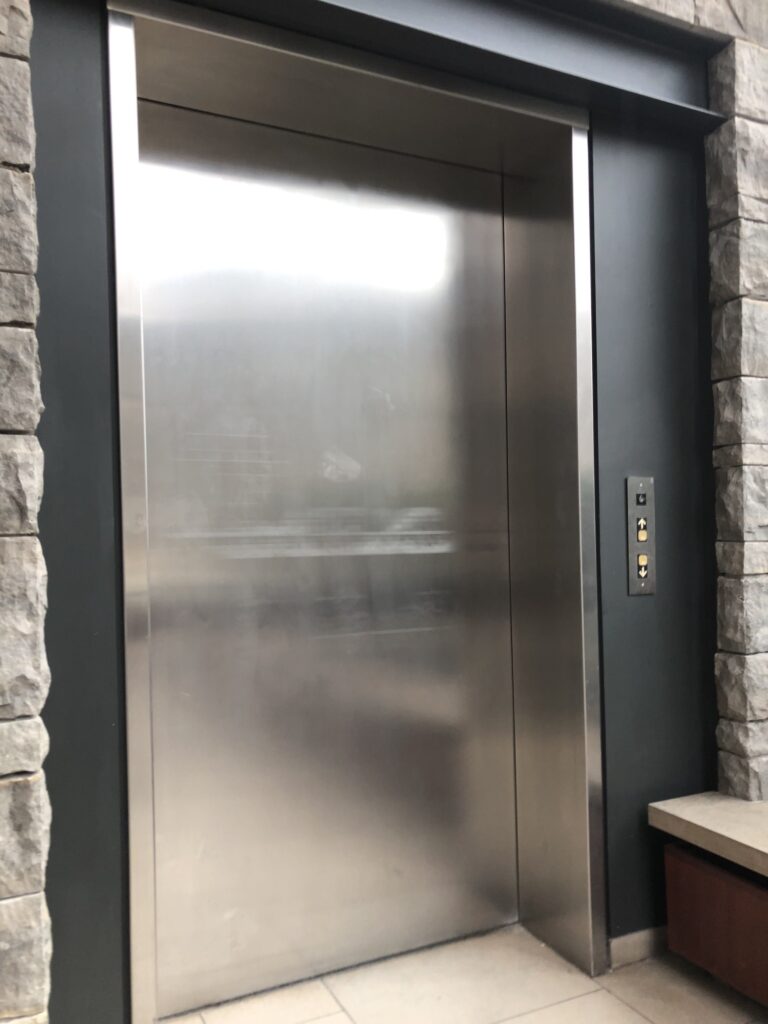
3. Is there a direct access to the stage or does the artist need to go through other doors? Is there only one way to go there?
This should be figured out before heading toward the stage, especially if the access is from outside, there is a door to unlock, and the weather is bad!
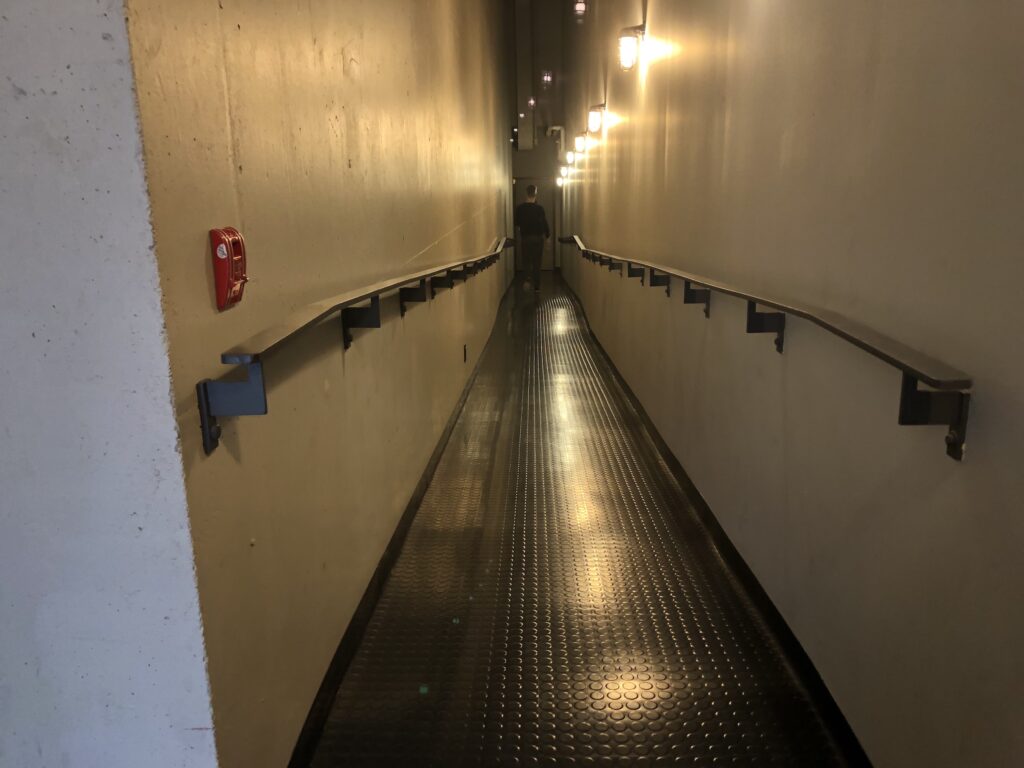
4. Is there an easy access to a dressing room and/or a green room?
The artists need to dress for the performance and to store their items securely. Is the room close to the stage? Also, is the equipment in the room meeting accessible needs of the artists? Is there anything that could be improved?
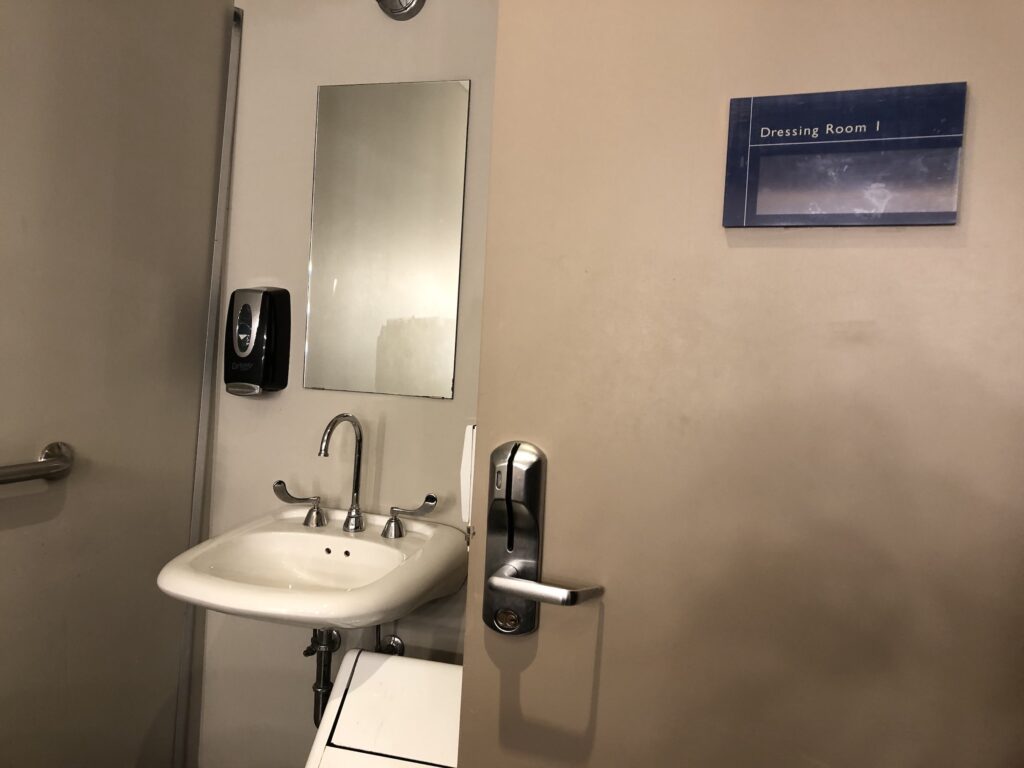
5. Last but not least: is there an accessible toilet close to the stage?
This is probably one of the most important room, if not the most important element after the access to the stage itself, and should be near the stage and the dressing room. Is the washroom accessible? Is there a Braille indication on the door or close to it? If not, where is the closest one? It is important to give the information to the artist.
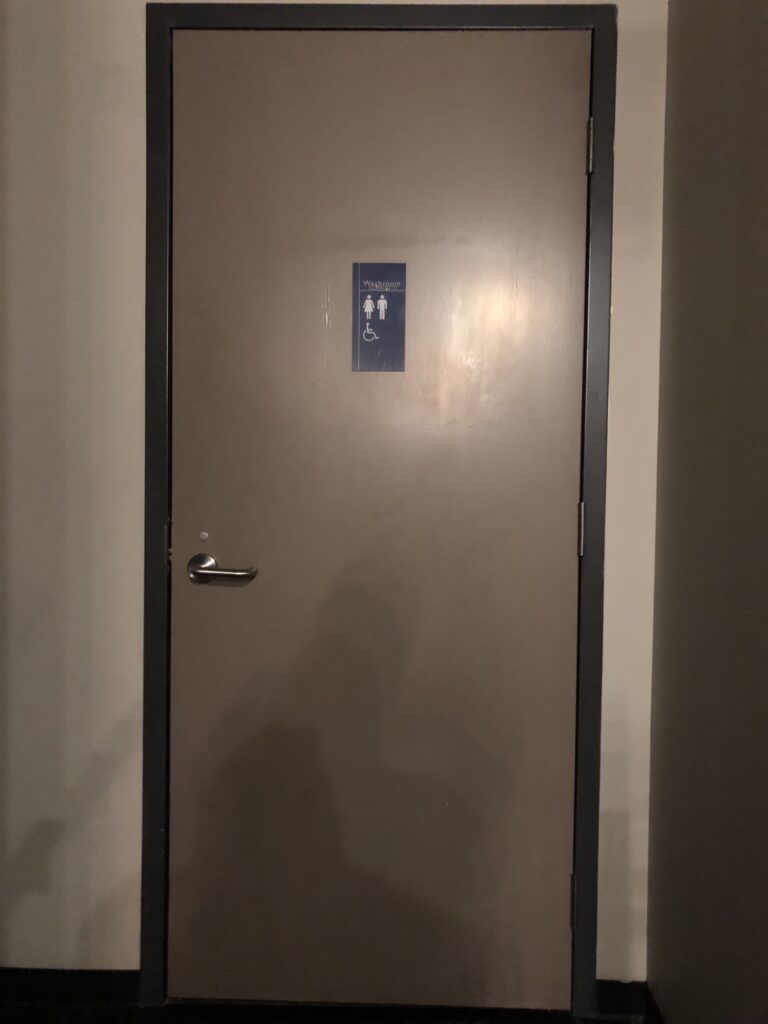
There are many more questions to ask, including the access to the stage itself. The best way to do it is to start a conversation. Contact us for more information.
